The Nava Labs team recently got back from a site visit to Riverside County, California, where we conducted field research and met with key stakeholders.
As part of Google.org’s Gen AI cohort, Nava Labs is developing and testing a suite of generative AI-powered agents that complete benefit applications with caseworker oversight. We’re partnering with Imagine LA’s Benefit Navigator and the Riverside County Children & Families Commission to pilot the tool.
When you think of AI, you might imagine people behind computer screens or mysterious “black box” algorithms. But central to Nava’s work is the belief that we’re not doing AI for the sake of AI, but rather are looking to solve problems that we’ve found through extensive research with government agency staff, community nonprofit partners, and beneficiaries. That’s why it was so important to visit our partners in Riverside County and connect with the people on the front lines of safety net services.

Here are five observations and lessons learned from our site visit:
1. Physical environments matter
Our site visit included seeing two Family Resource Centers, which are “one-stop shops” where people can get connected with a range of social services. We saw the physical environments that community members use as well as the workspaces of staff — providing a crucial illustration of the context in which our tools will be used.
The Family Resource Center teams work hard to make the spaces welcoming to clients. We saw that reflected in the systems they’ve developed to make their work easier, make their clients comfortable, and minimize the burden of accessing critical services. Seeing their workflows helped us start to identify exactly where and when a tool like the submission agent would be most helpful and what constraints we might face in the process.
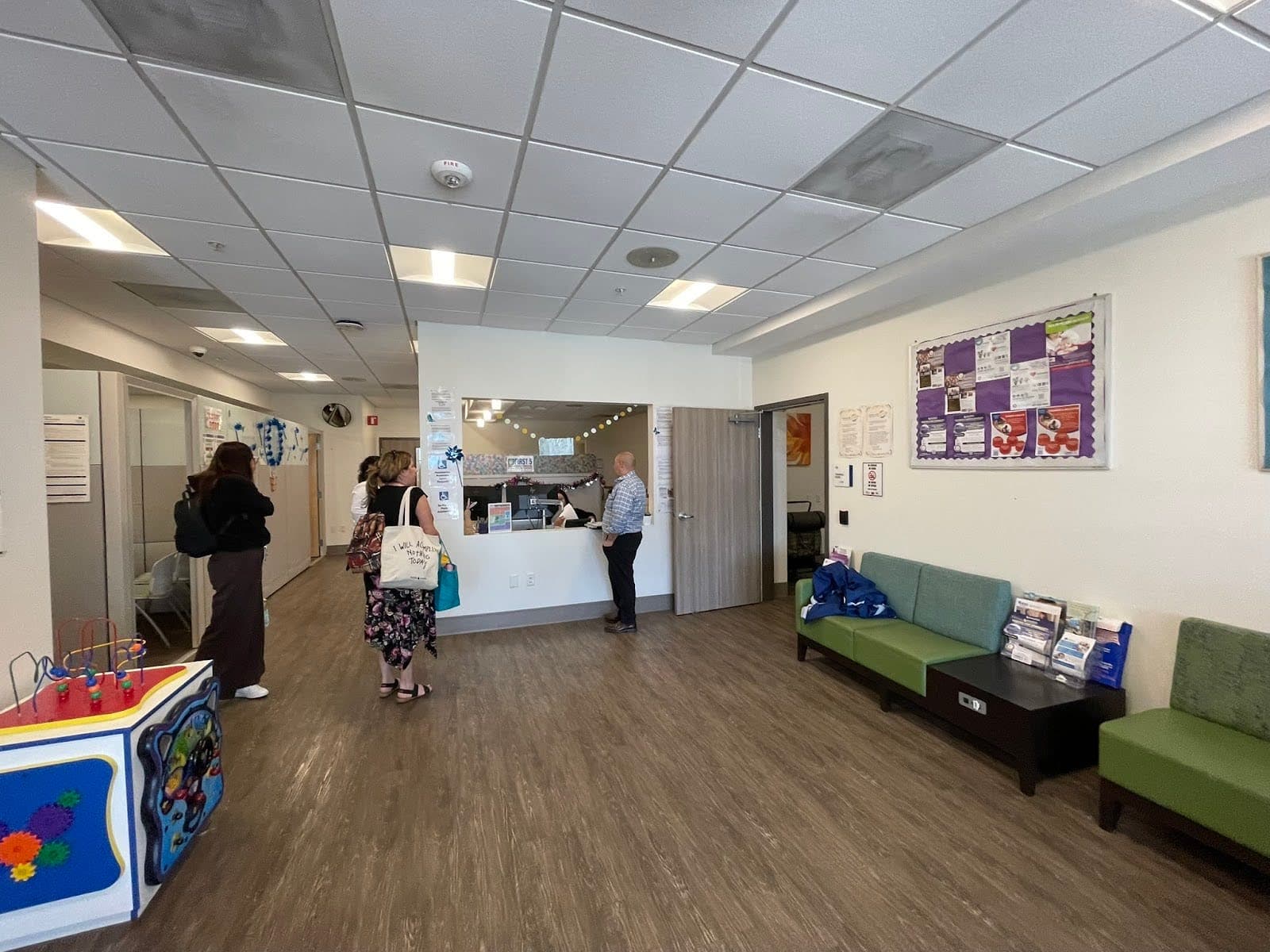
The lobby of a Family Resource Center in Riverside, California.
We also noticed the two different Family Resource Centers we visited shared facilities with different sets of other social service offices, leading to differences in what types of people tend to visit.
2. Desktop versus mobile
Prior to the site visit, we thought it would be best to pursue a mobile-first approach, in line with industry norms for many applications. But while at the Family Resource Centers, we learned that many of the staff who will be using this tool prefer desktop usage, leading us to think more deeply about the issue. That said, there are also staff outside of the centers who might be mobile users of the tool. We plan to consider this issue further.
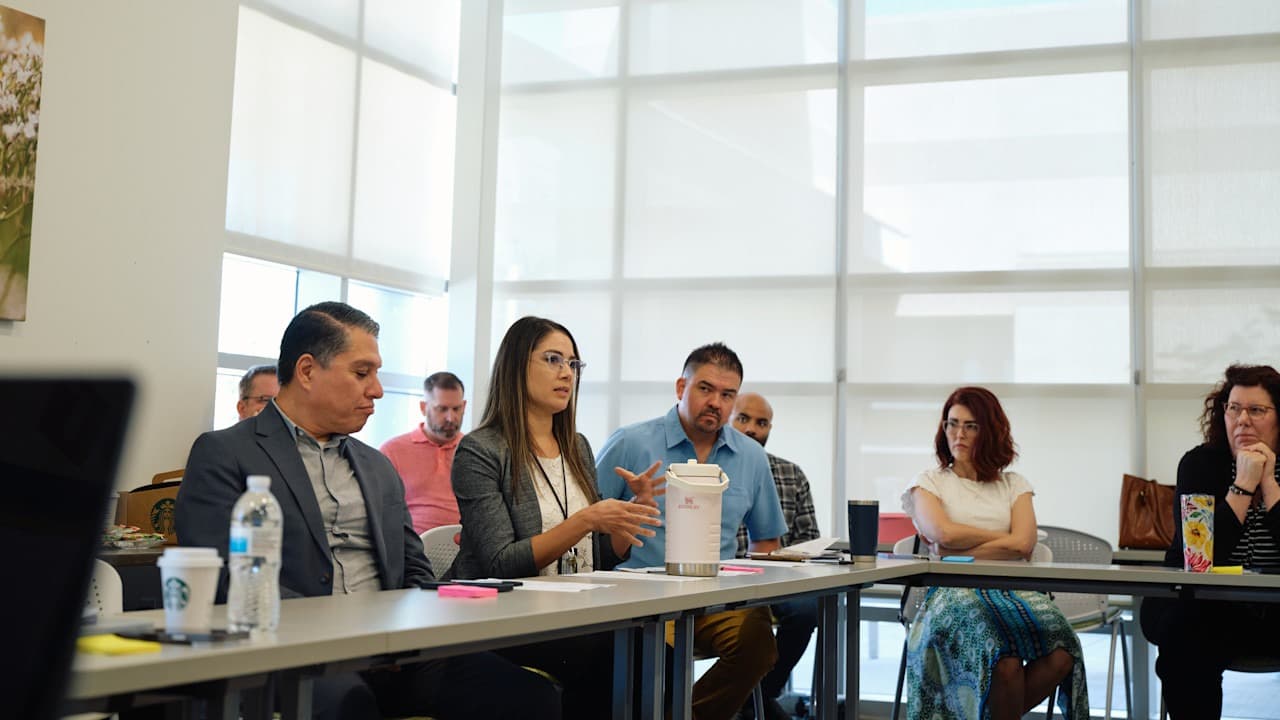
We met with a large group of government and community stakeholders in Riverside County, California.
3. Information overload
Community members in need of social services often find themselves overwhelmed. They face a maze of information to wade through due to the many different government agencies and nonprofits seeking to help. This was made especially clear when we saw all the posters, brochures, and other materials at the Family Resource Centers. One receptionist showed us the large “resource bible” she has compiled — a binder filled with information on dozens of services.
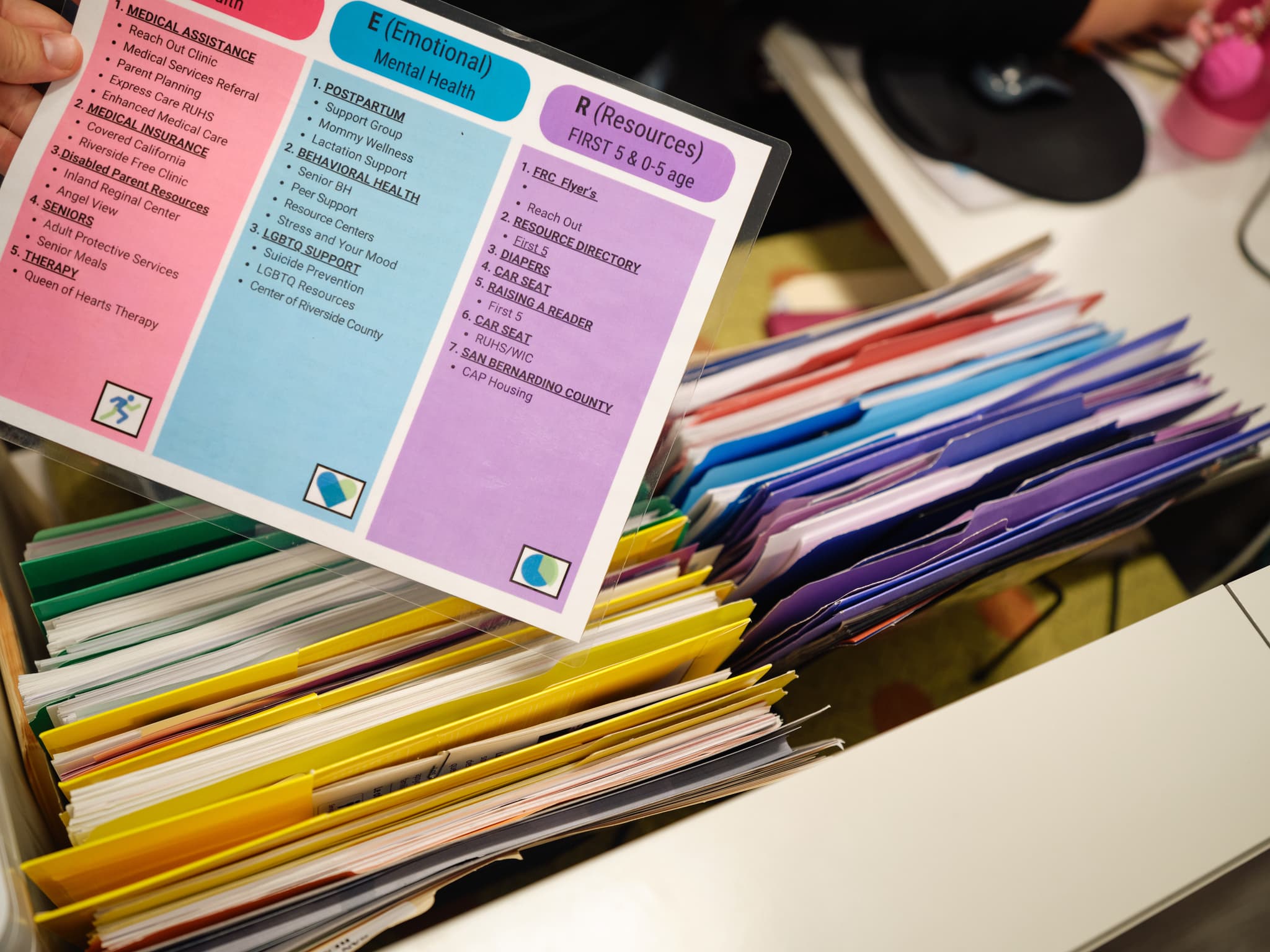
Staff showed us their workflows for helping clients, including how they use various paper guides and folders to organize information spanning many programs and services.
We hope the tool we’re developing (as well as the others we’re working on) can assist caseworkers and other staff as they help clients navigate this deluge of information.
4. Human relationships are critical
Social workers, case managers, and others are critical to helping people navigate the landscape of benefit programs available. For clients who are often referred to many different offices, phone numbers, and websites, it can make a world of difference to have a trusted human who can help them navigate support resources.
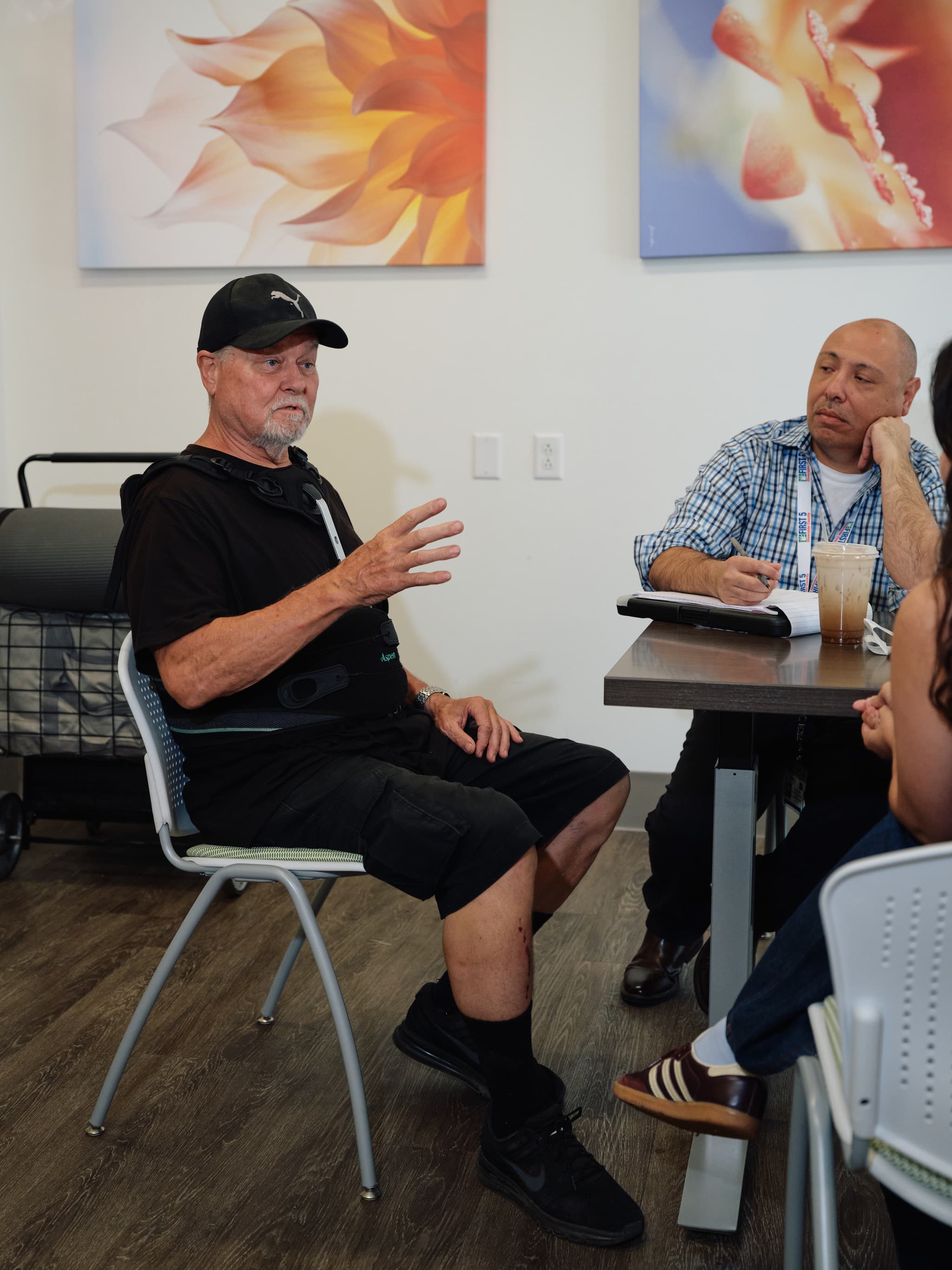
One client spoke to us together with his caseworker.
That’s why our work on this project isn’t focused on forcing an AI tool on clients but rather maintaining the client–staff relationship as it is and providing tools to help staff so they can spend less time on repetitive routine tasks and focus more on the human aspect of their jobs.
5. Accidental administrative burdens
Nava works hard to reduce administrative burdens, which are the costs people face while interacting with bureaucratic processes, a common problem in government services. They can be easy to create by accident, as we discovered.
We compensate research participants for their time whenever possible — but when showing one of our interviewees how to claim and use his electronic gift card, we noticed that the process we were asking people to go through was quite complex. We accidentally created our own administrative burden to accessing the funds that we were trying to give people.
This served as a powerful reminder of the constant need to examine our own practices. (Many government agencies similarly face difficulty in easily compensating research participants due to legal and financial requirements.)
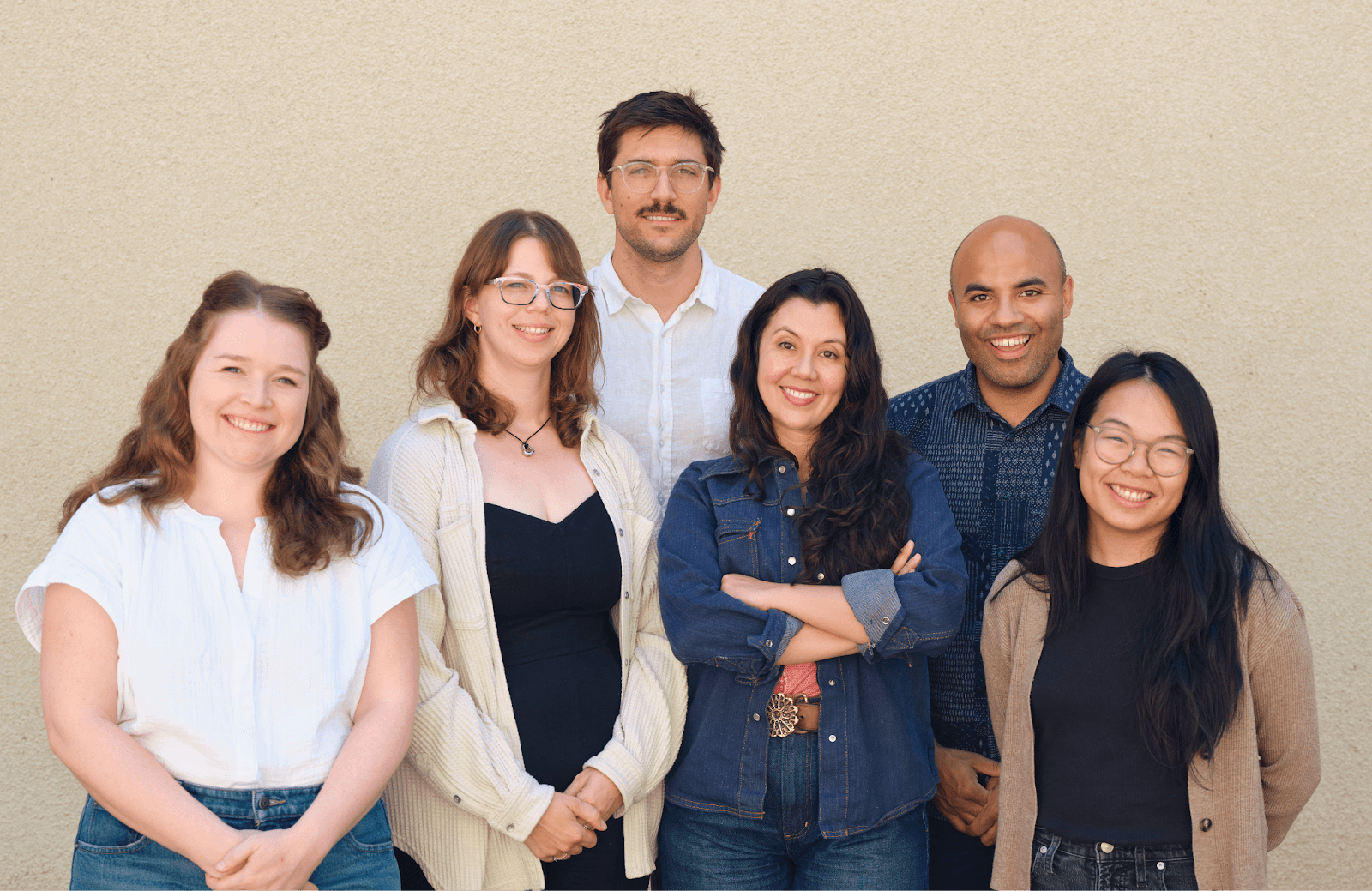
The site visit crew (left to right): Christine Wilkes, Product Manager; Kaylyn Van Norstrand, Software Engineer; Foad Green, Technical Lead; Genevieve Gaudet, Director of Nava Labs; Greg Jordan-Detamore, Senior Consultant; Jillian Hammer, Senior Designer/Researcher.
We’re grateful to the Riverside County teams for making space for our team in the Family Resource Centers and allowing us to learn from their work. We can’t wait to share how our prototypes and pilot take shape over the next few months.
Be on the lookout for future updates!
This post is from the Nava Labs Newsletter. If you'd like to sign up for our Nava Labs newsletter, you can do so here.
Written by

Senior consultant


